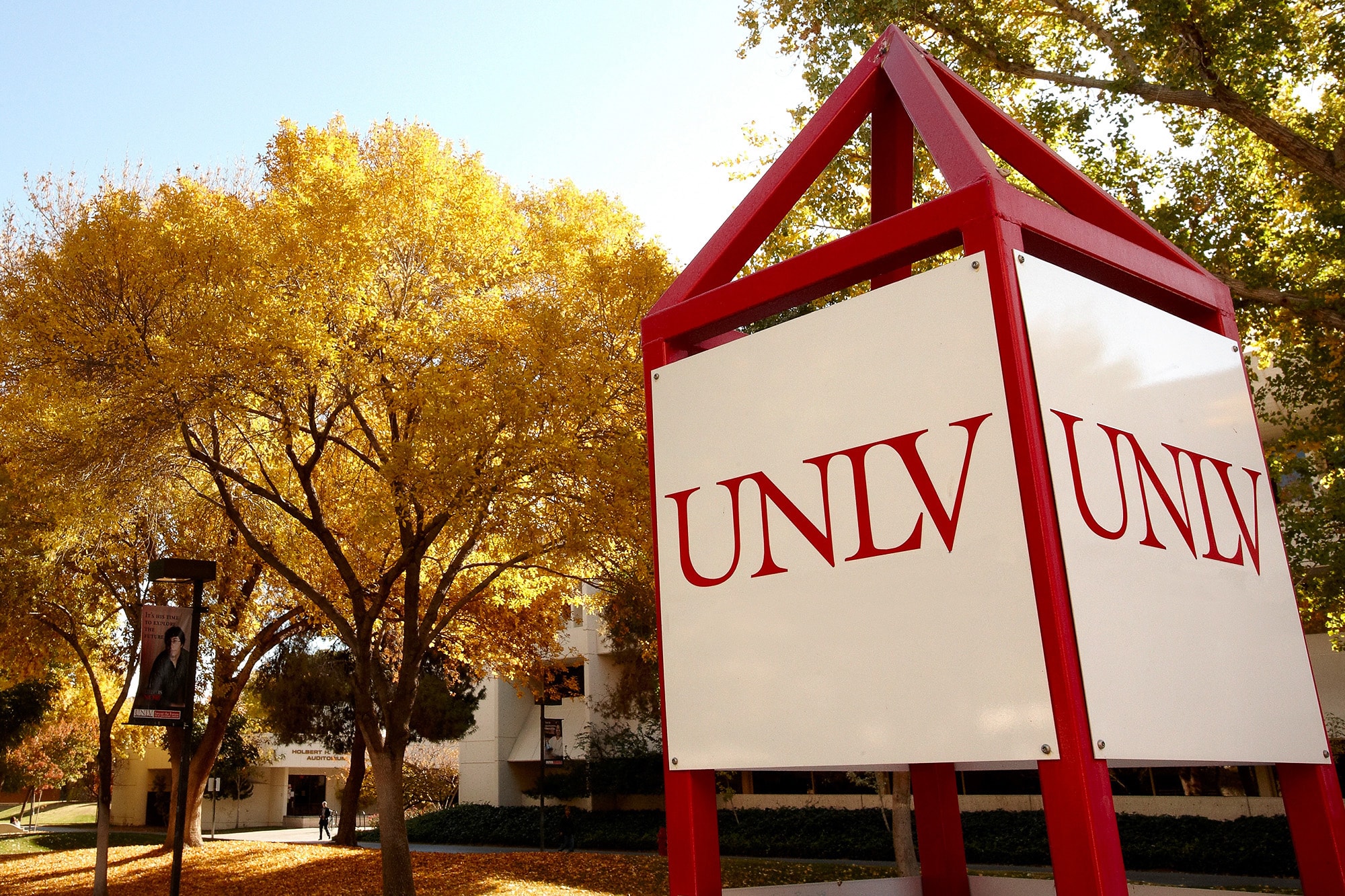UNLV researchers are finding that the risks associated with a major earthquake in the Las Vegas Basin are greater than previously thought. Howard R. Hughes College of Engineering Professor Barbara Luke and an interdisciplinary team of UNLV faculty and students have discovered that ground motions are amplified in the region due to the clay-rich sediments that make up much of the basin floor, thus increasing the seismic hazard.
With differing soil makeup and the presence of caliche in the Las Vegas Basin, a comprehensive study was needed to aid in seismic hazard mapping and preparedness in Southern Nevada. Luke and colleagues, Aly Said from the College of Engineering and Wanda Taylor and Catherine Snelson from the College of Sciences, were awarded a multi-year grant from the U.S. Department of Energy, titled Earthquakes in Southern Nevada, to in part determine which areas of the basin would be most susceptible should a major earthquake occur.
Knowledge from the study can aid in disaster relief planning, land development planning and assessing adequacy of existing infrastructure. It can also assist builders who are required through the International Building Code to consider soil properties for seismic design prior to construction.
Luke and a team of students plan to test soils from as many as 40 locations throughout the Las Vegas Valley this summer to complete a three-dimensional seismic hazard map of the basin. Utilizing a 7,000 pound portable seismic source specially designed for geophysical surveys, nicknamed the "minivib," the team will be conducting seismic tests to determine how energy from an earthquake is amplified through the different soils that exist in the basin.
"The project brings together an excellent and diverse team of engineers and scientists to study the entire chain of events from fault rupture to performance of structures," says Luke. "This is particularly important for Las Vegas because of our fast-growing population of residents and visitors, and because the more we learn about our earthquake hazard, the larger we find it to be."
The Earthquakes in Southern Nevada project began in 2004 with goals to improve understanding of the earthquake hazard in the Las Vegas Valley and to assess and improve the state of preparedness of the area's population and infrastructure. In conjunction with the research component, an outreach team regularly presents earthquake safety and emergency preparedness demonstrations at community events and schools throughout Southern Nevada.
Luke and her colleagues will be presenting their research June 25-28 at the International Conference on Earthquake Geotechnical Engineering in Thessaloniki, Greece.



